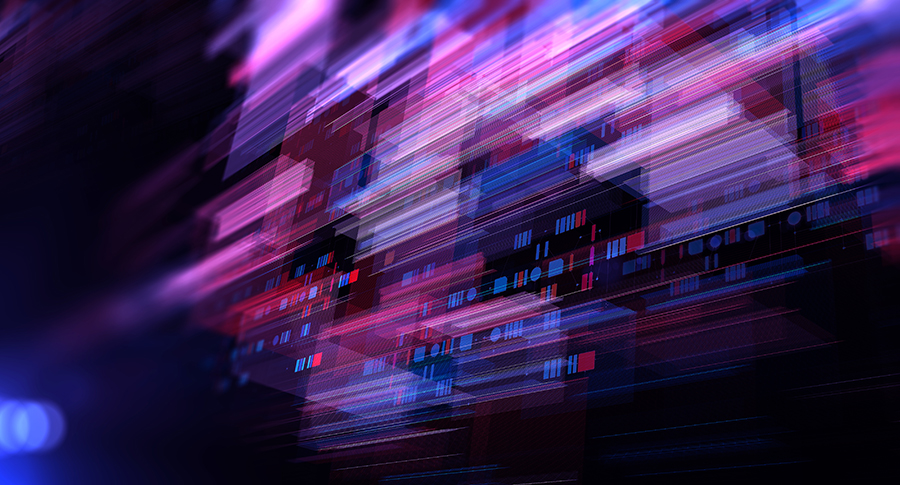How Deep Learning Algorithms are Used in Video Analytics

Overcoming the Challenge of Manual Video Analysis
CCTV cameras are widely used in various surveillance settings, from street corners to university campuses and even private homes. Any site can have multiple cameras, each generating a high volume of footage that can offer valuable insight into the surveilled space and the people and objects that pass through. Ultimately, however, the sheer amount of video data captured makes its analysis – whether in real time or after an incident – virtually impossible. As such, most footage is never utilized. Even in a post-incident law enforcement or security investigation, where the video could serve as critical evidence, investigators must prioritize the review of video based on available time and resources, disregarding much of the footage.
VIEW: ON-DEMAND WEBINAR, DEMYSTIFYING FACE RECOGNITION EXPLORING THE INNER WORKINGS FACIAL RECOGNITION TECHNOLOGY
Today, video content analysis software has evolved to process video and detect, identify and classify the objects that appear and deliver searchable and filterable video data that can drive extensive analytic capabilities. This blog post will explain how this is achieved using artificial intelligence and Deep Learning algorithms.
The Role of Deep Learning Algorithms in Video Content Analytics
Thanks largely to advances in Deep Learning research and increased availability of video data with the expansion of global video camera networks, video analytics has transitioned from traditional algorithms based purely on Computer Vision to incorporating powerful Deep Learning techniques. Deep Learning, a subset of Artificial Intelligence, is a training convention by which a machine is exposed to volumes of tagged data in order to “learn” to recognize and identify the same information in new data sets. Imitating the way a human is taught, Deep Learning enables technologies to more proficiently detect and identify objects based on increased exposure to information. Driven by robust hardware infrastructure, Deep Learning enables faster analytic output, improved processing performance and increased object detection, classification and recognition accuracy.
When it comes to video content analysis, Deep Learning techniques are used to teach the system how to identify and classify people and objects in video. By doing so, a video intelligence solution can enable end users to accelerate investigations by searching and filtering video based on specific criteria; attain situational awareness by configuring rule-based alerts based on video objects and behaviors; and derive operational intelligence by visualizing the video data into dashboards and heatmaps for evaluating trends. Video content analysis delivers both qualitative and quantitative data, so that:
- While municipal law enforcement leverages the solution for real-time response and post-event investigation, the city can also utilize the data for urban planning and traffic optimization.
- While a shopping center uses the system for triggering alerts when recognized shoplifters are detected or for investigating a theft, the retail marketing team can leverage the video data to see heat maps of in-store navigation patterns.
- While an airport or transit hub is utilizes analytics for security enablement, the transport operational managers are monitoring crowding and queue patterns and making intelligent decisions to improve traffic flow in the terminal.
Deep Learning is becoming an integral part of analytic development, and we are continually discovering its powerful applications as our research advances. Today, it’s helping us solve problems more quickly and more accurately than ever before and even address new challenges we never expected to overcome!
Signup to receive a monthly blog digest.